Are you wondering what is a good source of plant-based iron? If you're a vegan or vegetarian, you know that one of the most important nutrients you need to be aware of is iron. Leafy greens such as spinach, kale, chard, and collards are all fantastic ingredients that provide high amounts of iron. This essential mineral plays a vital role in transporting oxygen throughout your body and supporting a healthy immune system. While there are many sources of iron in animal products, finding good sources of iron in plants can be a challenge. So today, we're here to talk about some of the best plant-based sources of this important nutrient! Keep reading to learn more!
What is Iron and Why is It Important?
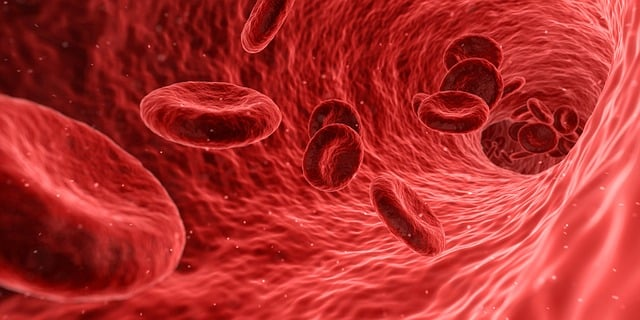
Iron is an essential element to the human body, and it plays an important role in our physiology. A lack of iron can lead to anemia, a condition wherein the body does not have enough red blood cells or hemoglobin. Hemoglobin is an important component for carrying oxygen to the body's tissues, by ensuring an adequate supply of iron through diet or supplements, anemia can be prevented.
What are the Two Types of Iron?
This important mineral can be found in two forms: heme, an absorbable form found in animal products, and non-heme, an absorbable form from plants sources such as legumes and nuts. Both of these forms are absorbed differently and allow for iron to exist in more than one form within our bodies.
Heme Iron
Heme iron is a type of dietary iron found mainly in animal proteins. It is a type of iron that is bound to a protein called heme, which is found in hemoglobin, myoglobin, and other proteins in the body. Heme iron is more easily absorbed by the body than non-heme iron, which is found mainly in plant proteins. It is found in the highest concentrations in red meat, poultry, and seafood, although it is also found in some plant sources, such as beans and dark green leafy vegetables. The body absorbs heme iron more efficiently than non-heme iron because it is already in its most absorbable form. It is important to get enough dietary iron to support many aspects of human health, including the formation of red blood cells and the transportation of oxygen throughout the body. A lack of dietary iron can cause anemia, fatigue, and other health problems.
Non-heme Iron
Non-heme iron is the type of dietary iron found in plant-based foods like fruits, vegetables, grains, legumes, nuts, and seeds. It is also found in fortified foods like breakfast cereals, breads, and pastas. Non-heme iron is not as easily absorbed as heme iron, which is found in animal foods like red meat, poultry, fish, and eggs. Non-heme iron is also not as readily available for the body to use. This means that it is important to include foods that are high in non-heme iron in the diet and to pair them with foods that are high in vitamin C to increase absorption. Vitamin C helps to increase the amount of non-heme iron that the body can use.
Additionally, consuming non-heme iron with animal proteins or other sources of heme iron will also increase absorption. Non-heme iron can be found in a variety of foods such as green leafy vegetables, beans, nuts and seeds, tofu, dried fruit, whole grain breads and cereals, fortified breakfast cereals, and oatmeal. Increasing the amount of non-heme iron in the diet can help to ensure that the body is receiving enough iron to function properly.
What is Iron Deficiency Anemia?
Iron deficiency anemia is a disorder caused by a lack of iron in the body. It is the most common type of anemia, and it can have serious health consequences if left untreated. Iron is an essential mineral in the bod. Iron is an integral part of the natural process to create hemoglobin. Hemoglobin is the protein vehicle that carries oxygen around the circulatory system to deliver oxygen to tissues in the body. When the body doesn't have enough iron, it can't make enough hemoglobin, leading to anemia. Symptoms of iron deficiency anemia include fatigue, shortness of breath, pale skin, headaches, dizziness, and cold hands and feet. Other common causes of iron deficiency anemia include poor nutrition, blood loss, gastrointestinal disorders, and certain medications. Treatment of iron deficiency anemia includes dietary changes and/or iron supplements, as well as removal of any underlying causes. It is important to diagnose and treat iron deficiency anemia as soon as possible, as it can cause serious health problems if left untreated.
What are Good Sources of Vegetarian Iron Rich Foods?
Eating dark leafy greens, beans, and dark chocolate are all fantastic sources of iron if you're looking to add more into your diet! Leafy greens such as spinach, kale, chard, and collards are all fantastic ingredients that provide high amounts of iron. Chickpeas and other types of beans make wonderful additions to many meals in order to aid with increasing iron intake! Topping off these foods with a dark chocolate treat serves yet another source of plant-based iron! If you're looking for some delicious and nutritious ways to get your fill of plant-iron, dark leafy greens, beans, and dark chocolate provide the best sources for meeting your dietary needs.
Legumes
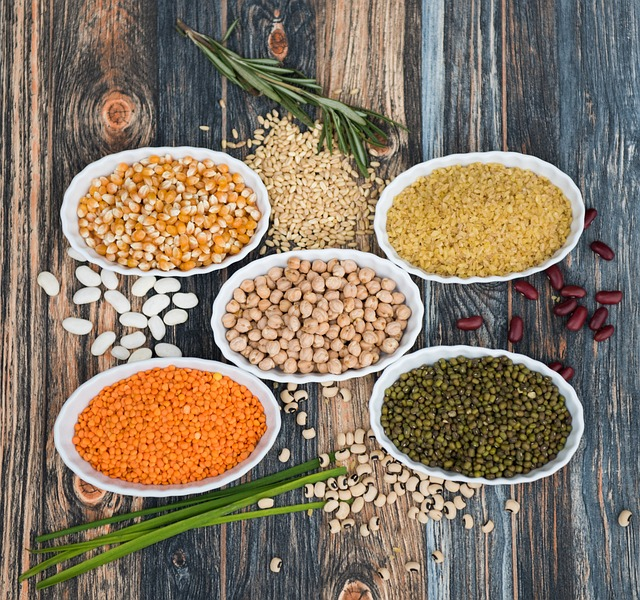
Legumes are a powerhouse of nutrients that can be enjoyed by all. They are a great source of protein, fiber, vitamins, and minerals, making them a nutritious food for everyone. Legumes are low in fat and calories, and they can assist in weight loss, improve digestion, reduce cholesterol, and even help reduce the risk of certain cancers. They are an incredibly versatile and nutritious food source, and among them, some of the most iron-rich are list below.
Lentils
Lentils provide 6.6 mg of iron per cooked cup.
Soybeans
Soybeans are very iron rich, containing around 9.9 mg of iron per cooked cup.
Chickpeas
Chickpeas are an excellent source of iron, providing 4.7 mg of iron per cooked cup.
Navy Beans
Navy beans are a healthy and delicious way to get the iron your body needs. Providing 4.3 mg of iron per cooked cup.
Red Kidney Beans
Red kidney beans are an excellent source of iron, containing up to 25% of the daily recommended intake in a single serving. This is 5.2 mg of iron per cooked cup.
Lima Beans.
Lima beans offer 4.7 mg of iron per cooked cup.
Whole Grains
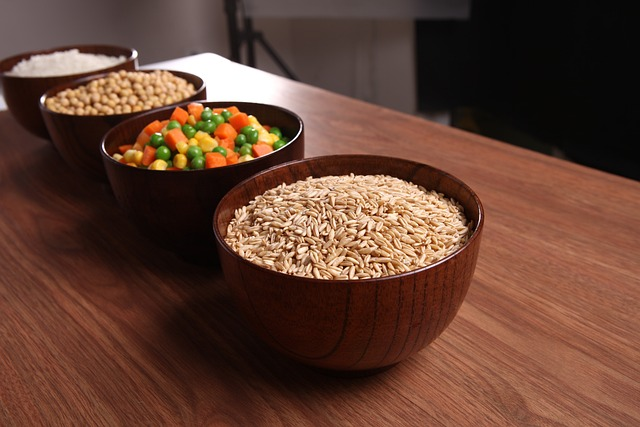
Whole grains are a great source of iron, and some are particularly abundant in this essential mineral. Quinoa, amaranth, and buckwheat are all whole grains that are particularly rich in iron.
Quinoa
Quinoa is especially high in iron, with about 2.8 milligrams per cooked cup.
Amaranth
Amaranth contains about 2.7 milligrams per cooked cup.
Buckwheat
Buckwheat has about 1.4 milligrams per cooked cup.
All of these grains are also packed with other essential vitamins and minerals, and they can be used in a variety of dishes to add a boost of nutrition to any meal. So, if you're looking for a way to increase your iron intake, consider giving these delicious, iron-rich whole grains a try.
Vegetables
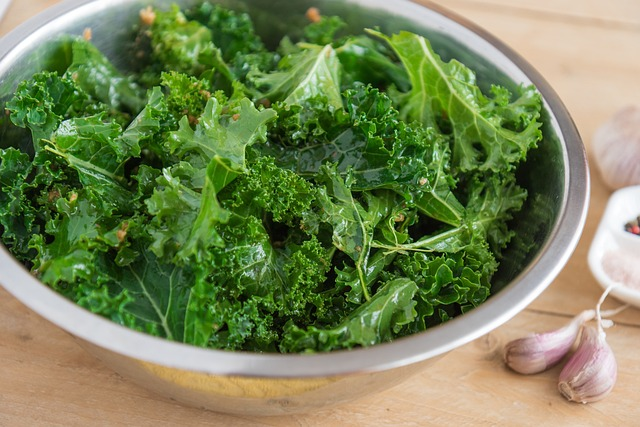
Vegetables are an important part of a healthy diet, and some are especially rich in iron. Spinach, kale, beet greens, and Swiss chard are some of the most iron-rich vegetables available.
Dark green leafy vegetables
These dark leafy greens contain more than 3 milligrams of iron per cup, which is about one-third of the recommended daily intake for adults. Adding these vegetables to your diet can help you meet your daily iron requirements and keep your body healthy and strong.
Fruits
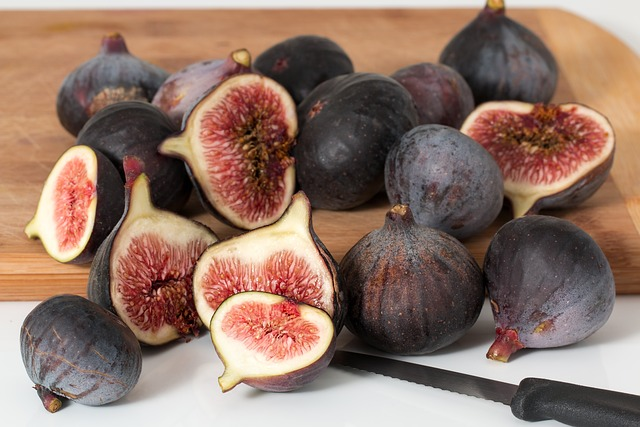
Fruit is a decent source of iron, and there are some that stand out above the rest. For those looking to get the most iron in their diet, look no further than apricots, figs, and prunes.
Apricots
Each of these fruits contains high amounts of iron, with apricots having the highest amount at 3.5 milligrams per cup.
Figs
Figs come in second with 2.9 milligrams per cup.
Prunes
Dried plums or prunes with 2.2 milligrams per cup. Eating these fruits regularly can help ensure you get the iron your body needs.
Nuts and Seeds
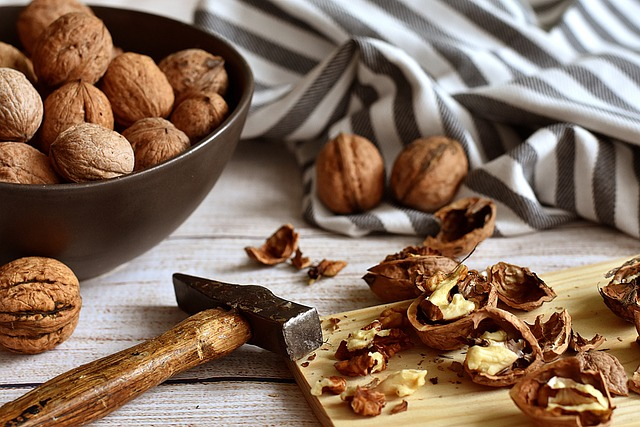
Nuts and seeds are a great source of iron, and some of the most iron-rich varieties are almonds, cashews, pumpkin seeds, hemp seeds, pine nuts, sesame seeds, and sunflower seeds. All of these are packed with essential minerals and vitamins that can help keep your body healthy and strong.
Almonds
Almonds are particularly rich in iron, providing 6.7mg per 100g, while cashews offer 4.7mg per 100g.
Seeds
Pumpkin seeds provide 4.2mg per 100g, sesame seeds offer 4.4mg per 100g, and sunflower seeds provide 3.3mg per 100g. Check out where we wrote more about pumpkin seeds here! So, if you're looking for a way to get more iron into your diet, these nuts and seeds are a great option.
Spices
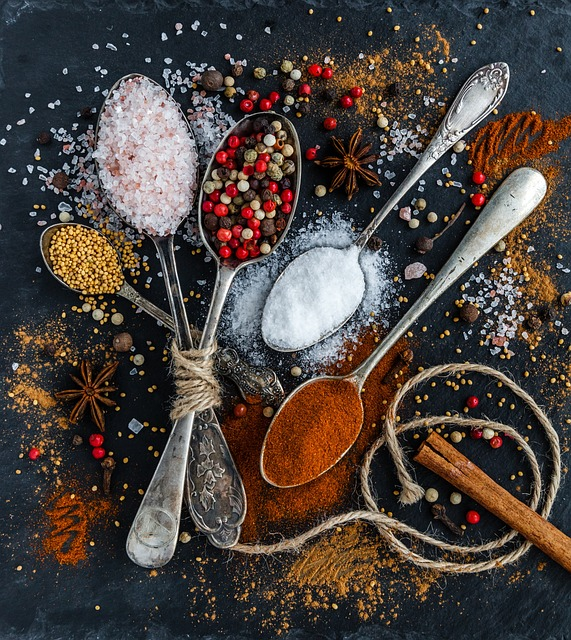
The most iron-rich spices are turmeric, cumin, coriander, and ginger. These spices are used in a variety of dishes around the world, from Indian curries to Mexican tacos.
Turmeric
Turmeric is the most iron-rich of these spices, with up to 7.63 mg per 100g.
Cumin
Cumin is also very high in iron, with 5.88 mg per 100g.
Coriander
Coriander is also good sources of iron, with 4.97 mg per 100g.
Ginger
Rounding out our spices, ginger holds 3.6 mg of iron per 100g respectively.
All of these spices are easy to incorporate into your diet and can add a delicious flavor to your dishes.
How to Increase Iron Absorption from Plants

Getting the most iron from plants can be an enjoyable experience, if done right! To ensure that you get proper nutrition from the food you consume, combine vitamin C-rich foods with other plant-based sources of iron. Vitamin C helps the body absorb iron better. On the other hand, some foods can block the absorption of iron in your body. So watch out for items like tea, coffee, and dairy products as these may hinder your body's ability to make use of the available iron content. The key is to consume vitamin C along with your plant-based meals to maximize their potential health benefits!
Tips for increasing iron intake
Iron is an essential nutrient for maintaining proper iron levels in the body, so it's important to make sure you're getting enough iron rich foods in your diet. A great way to increase iron intake is with iron-rich meals like iron-fortified cereals and breads, legumes, tofu, spinach and pumpkin seeds. Additionally, adding a source of vitamin C like oranges or tomatoes to iron-rich meals will help your body absorb iron more effectively. These simple tips are easy to incorporate into any diet and can make a real difference in helping you maintain healthy iron levels.
Warning Against Taking Too Much Iron
We all need iron in our diets, but high levels of iron intake can become a health hazard. Whether through food high in iron or taking iron supplements, it's important to be mindful of how much iron we're getting every day. Too much iron can lead to loose stools and vomiting, while some rare cases have even caused more serious organ damage and death. When incorporating high-iron foods into your diet such as red meats, hearty leafy greens, and legumes, keep servings small and spaced out - your body will thank you! Make sure to seek professional medical advice before taking any sort of supplemental iron. Let's be careful with our iron intake and keep it at healthy levels!
Summary

Now that you know all about iron and how to get it from plants, I hope you’ll give some of these foods a try. If you think you might be iron deficient, please make an appointment with your doctor to get your levels checked. And let me know in the comments how increasing your iron intake has worked for you!
Comments
Post a Comment